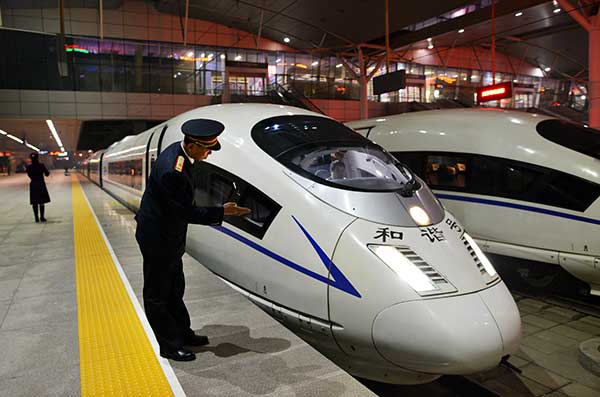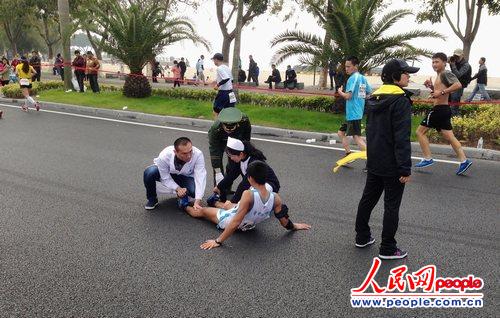7 February 2017 – Following an era in which graphic images of child soldiers had become commonplace in the media, the United Nations General Assembly created a mandate dedicated to better protect children affected by armed conflict.
That was twenty years ago in December.
Leila Zerrougui recalls that in 2012, when she became the Special Representative of the Secretary-General for Children and Armed Conflict, she inherited a mandate with a strong legal framework and mechanisms to generate positive change for these children.
The following story is based on her insights.

Special Representative for Children and Armed Conflict Leila Zerrougui with the Sudan Government technical committee in charge of implementing the Action Plan to end the use of children in national security forces, #ChildrenNotSoldiers. Photo: UN Photo: Stephanie Tremblay
In March 2014, Ms. Zerrougui and the UN Children’s Fund (UNICEF) launched the “Children, Not Soldiers” campaign to turn the page on the recruitment and use of children by national security forces in conflict situations.
The campaign has helped to reach a global consensus among Member States that children should not be recruited and used in conflict, and that they should be protected from all grave violations.

Child soldiers guard a military base in the Ituri region of the Democratic Republic of the Congo (DRC). Photo: UNICEF LeMoyne
In the Democratic Republic of the Congo (DRC), a country that had become emblematic for its army of “kadogo,” or child soldiers, the Government has taken tough action towards making its armed forces child-free, highlights Ms. Zerrougui.
The Government has also become a dedicated partner to fight the massive recruitment of child soldiers by dozens of armed groups that are active in the restive east of the country.
Recently, a DRC army general said that they have changed how they look at children and that they are no longer being recruited.

Recruited at age 13, this 15-years-old boy was recently released from an armed group in South Sudan. UNICEF estimates that 17,000 children have been recruited in the country since 2013.
Photo: UNICEF/ Rich
Over the past twenty years, crucial work to end the use of child soldiers has helped to lay the foundation to address other grave violations, such as curbing sexual violence in conflict.
There is also a strong international mobilization to protect schools and hospitals, including through preventing their military use. Additionally, children’s special protection needs are increasingly being included in peace processes.

Many children who once worked for armed groups need reintegration help, according to children’s rights NGOs. Photo: Naresh Newar/IRIN
In Colombia for example, this has led to an agreement between the parties to release all children associated with the FARC-EP and to provide them with specialized services to facilitate their return to a normal life in their communities.
According to Ms. Zerrougui, this agreement also illustrates how the protection of children, the universal desire to build a better future for boys and girls, can truly serve as an entry point to negotiate peace.

Displaced women and men in Chad celebrate ‘circumcision’ days for girls by dancing together. During that time, several 11-years-olds were mutilated. Photo: UNHCR/ Hélène Caux
In spite of the undeniable progress over the past twenty years, the UN Special Representative notes, daunting challenges remain. In countries like Syria, Yemen, South Sudan, Nigeria, Somalia and Iraq children face a variety of threats.
Dangers, such as violent extremism, mass detention, attacks on schools and indiscriminate use of explosive weapons in civilian neighborhoods are just a few of the perils faced each day.
Entering the third decade of this mandate, there are three areas of action that can directly impact the lives of thousands of children.

Taung Paw camp in Myebon, Myanmar, is cut off from any access to the outside world. Photo: UNOCHA/ David Ohana
Denying humanitarian access to civilians trapped in or displaced by conflict has increasingly become a tactic of war. It is imperative to combat this by strengthening the respect for international law, underscores Ms. Zerrougui.
The international community must collectively resolve to act in defense of international humanitarian and human rights law.

Girls collect water at a pump station in the Dar es Salam camp in Chad. On 25 August 2016, UNICEF said more than 1.4 million Nigerian children had been uprooted by attacks by the terrorist group, Boko Haram. Credits: UNICEF/Sylvain Cherkaoui
The vast majority of parties responsible for grave violations against children are non-State actors. As the 2016 annual report of the Secretary-General on children and armed conflict lists 51 out of 59 parties to conflict as non-State armed groups, it is essential to exploit new opportunities to engage with these players.
According to the Special Representative, commanders of non-State armed groups are beginning to realize the legal and political risks associated with recruiting boys and girls, many of whom have reached out to her office and other UN entities for assistance to end the practice.

As part of the Disarmament, Demobilization, Rehabilitation and Reintegration (DDR) process, former rebels in Liberia wait to exchange their weapons for cash. They will also attend training for reinsertion into civilian life. Photo: UNHCR/ H. Caux
Once a child soldier is released, the biggest challenge is to provide him or her with a new life. The trauma and stigma they carry often make it difficult for them to return to their communities and to begin or resume their education.
Although psychosocial assistance and help for them to reclaim their lives through educational and vocational opportunities are vital, ensuring sufficient resources and expertise for these services remains a challenge in every country, according to Ms. Zerrougui.
These children should be treated as victims and not security threats.

Special Representative for Children and Armed Conflict Leila Zerrougui (Centre) during a visit to Yola, Nigeria. Photo: UN Photo/ Andrew Esiebo
In the past two decades, the action generated by the General Assembly’s mandate has represented a beacon of hope for millions of children.
Since 2000, more than 115,000 child soldiers have been released.
But more must be done, notes Ms. Zerrougui, including the improvement of how the international community works together. This will have a decisive impact for the future of boys and girls who cannot wait any longer for the protection they have been promised.










